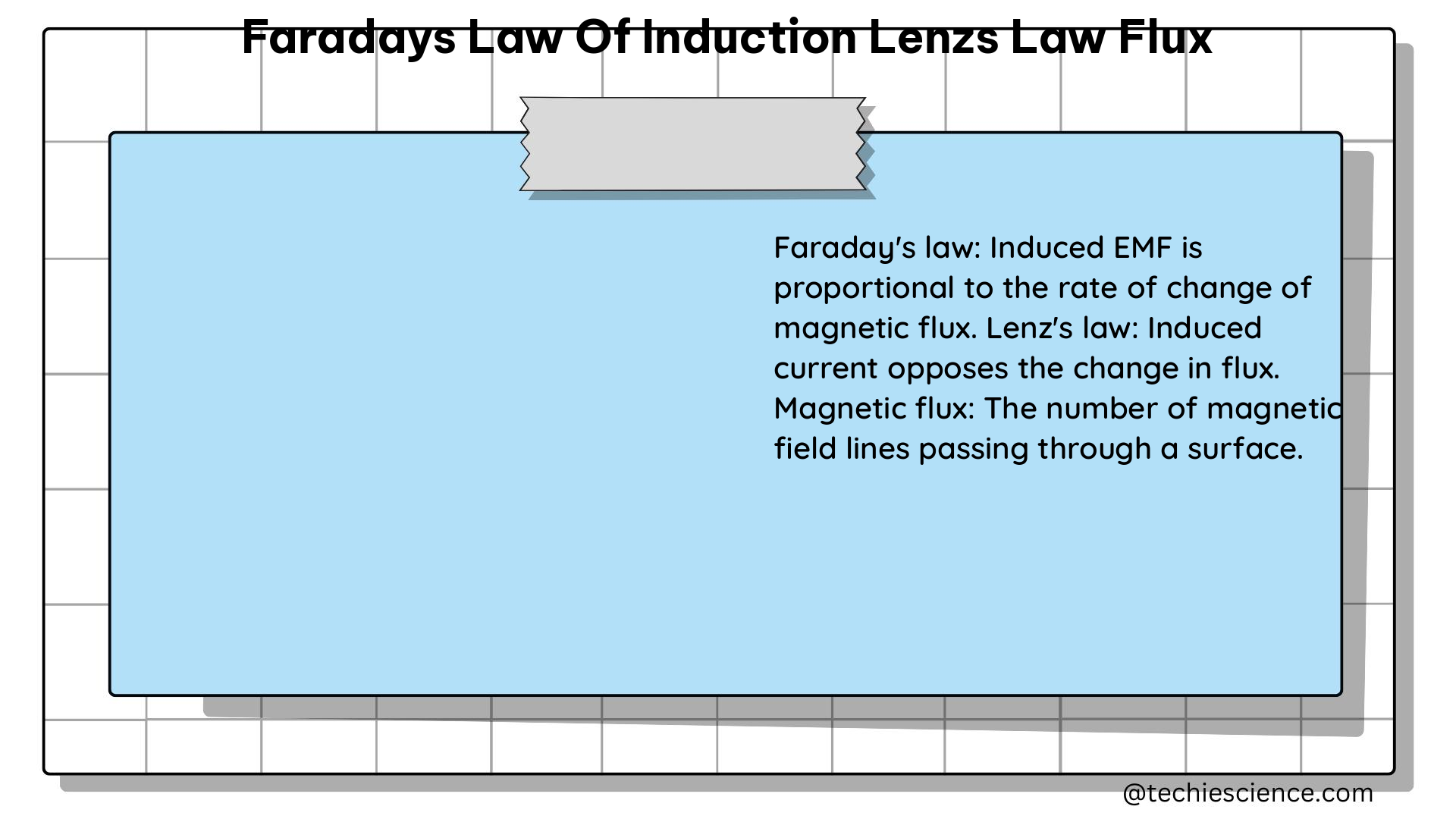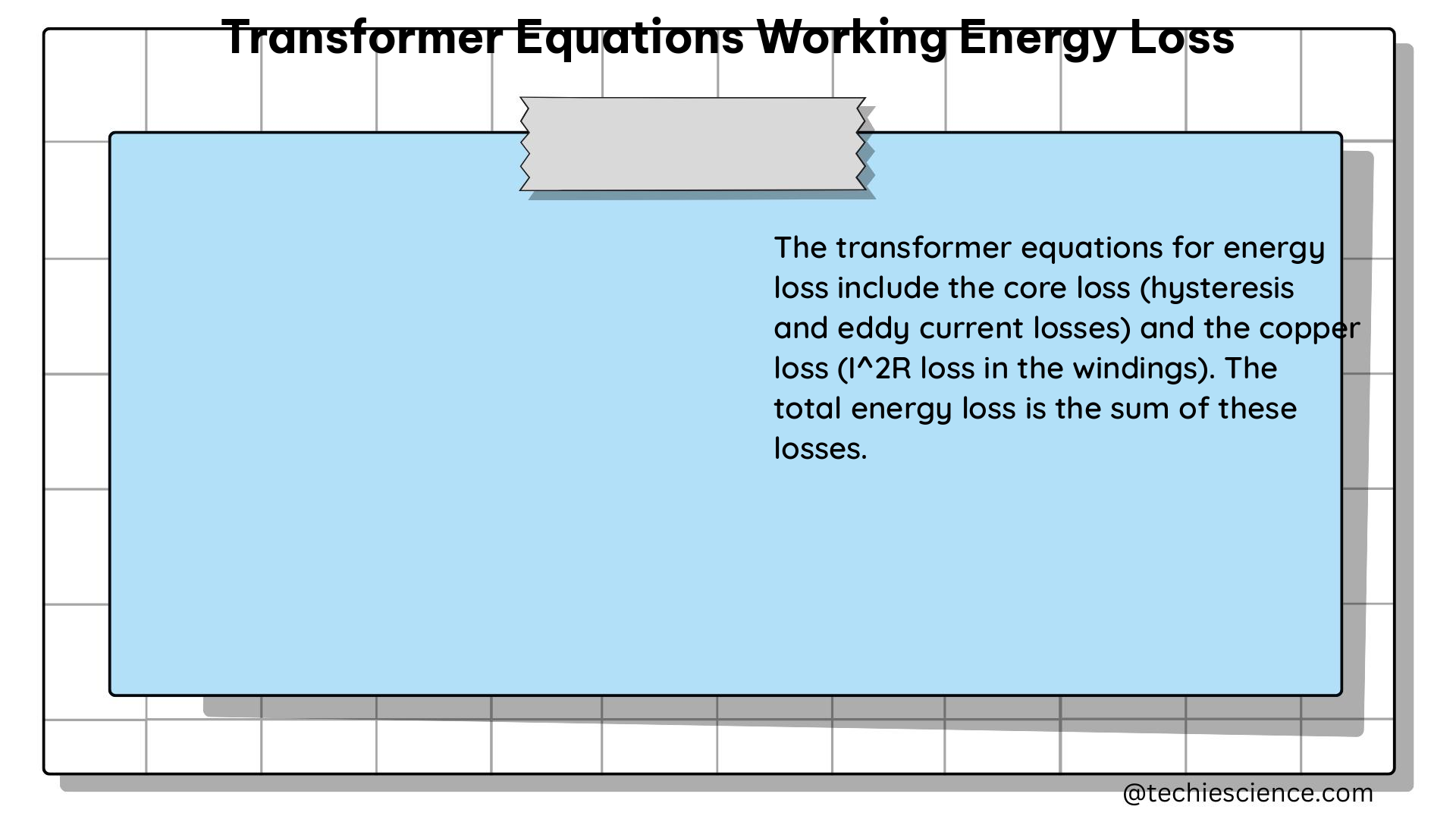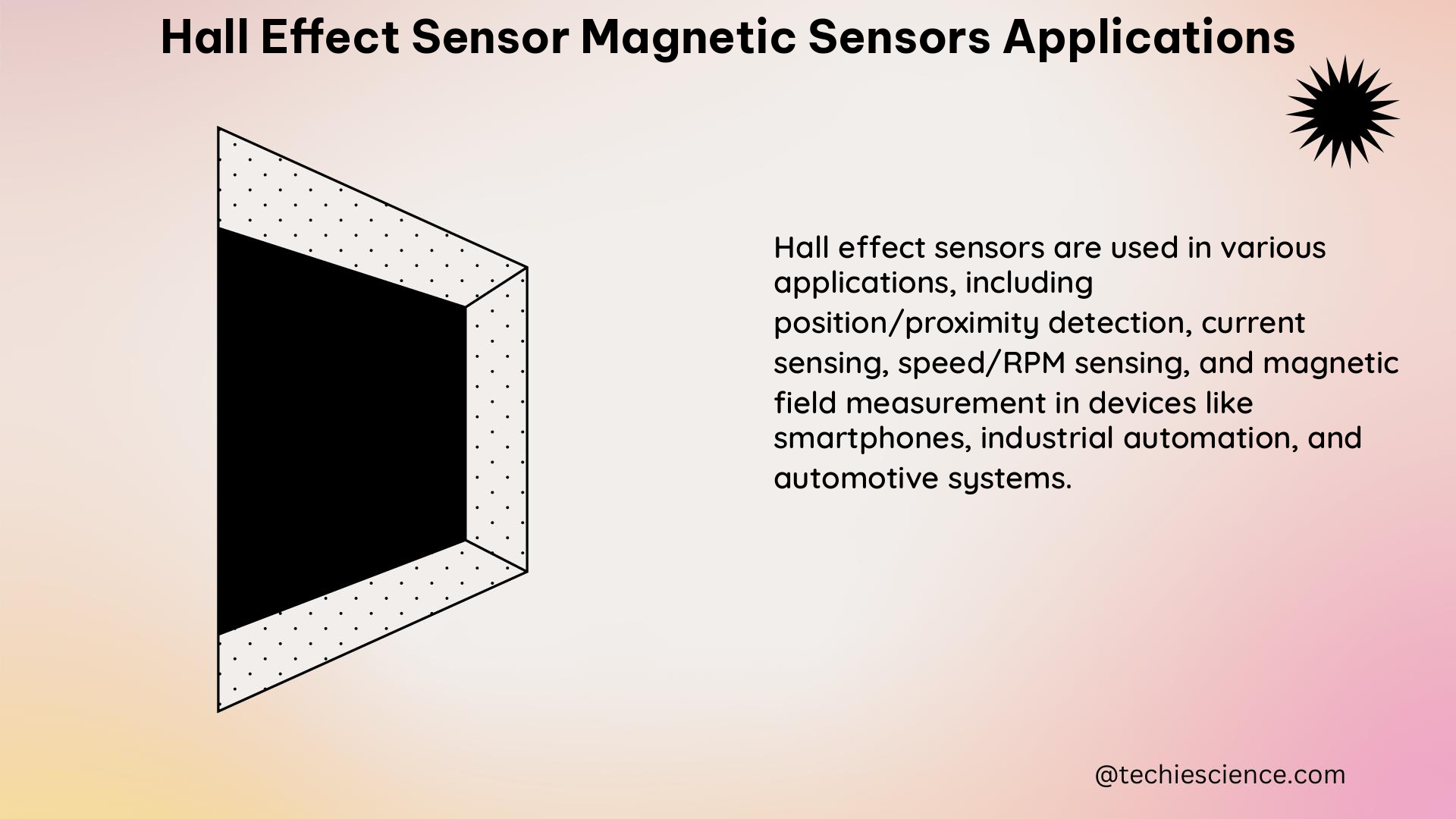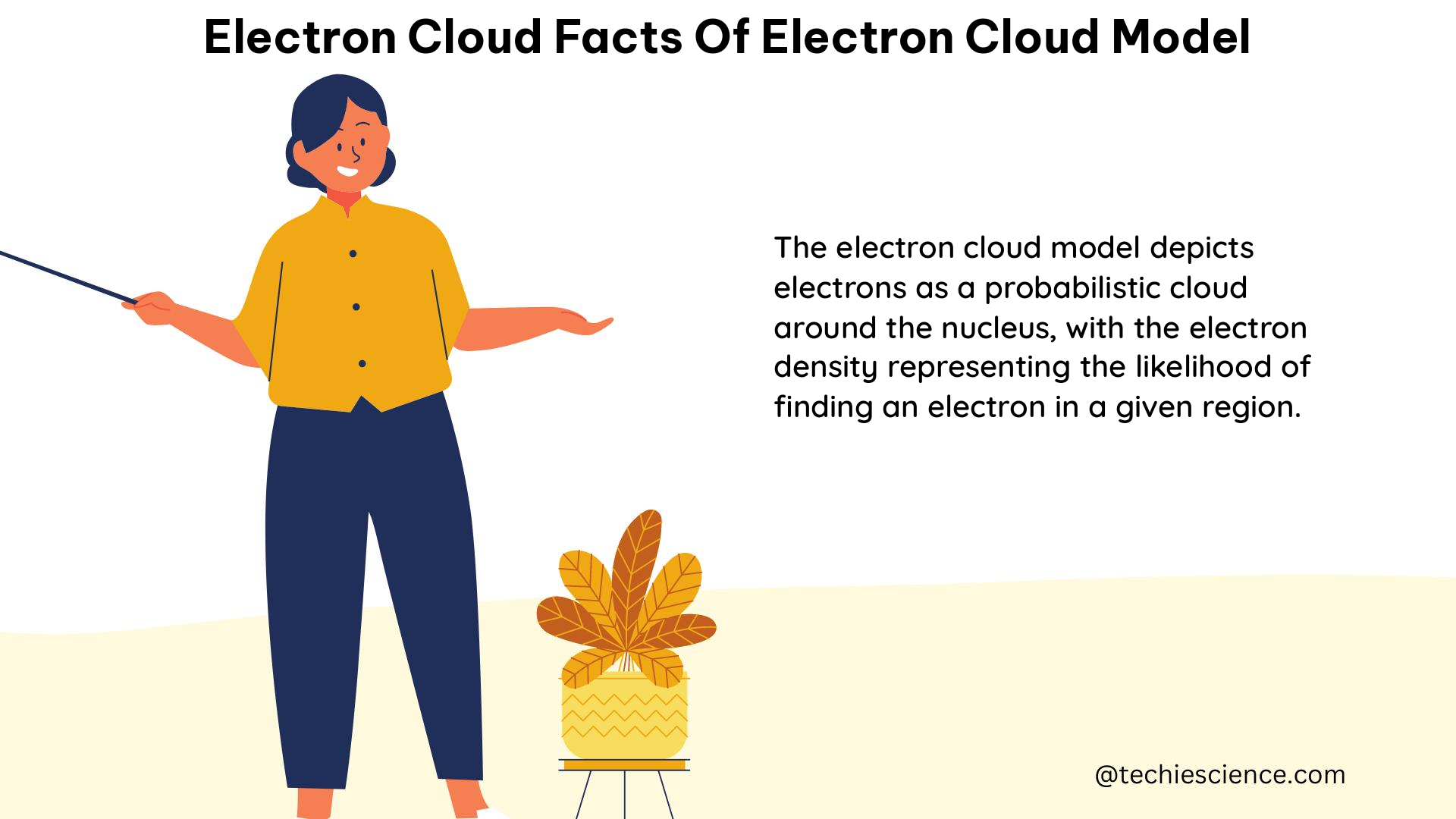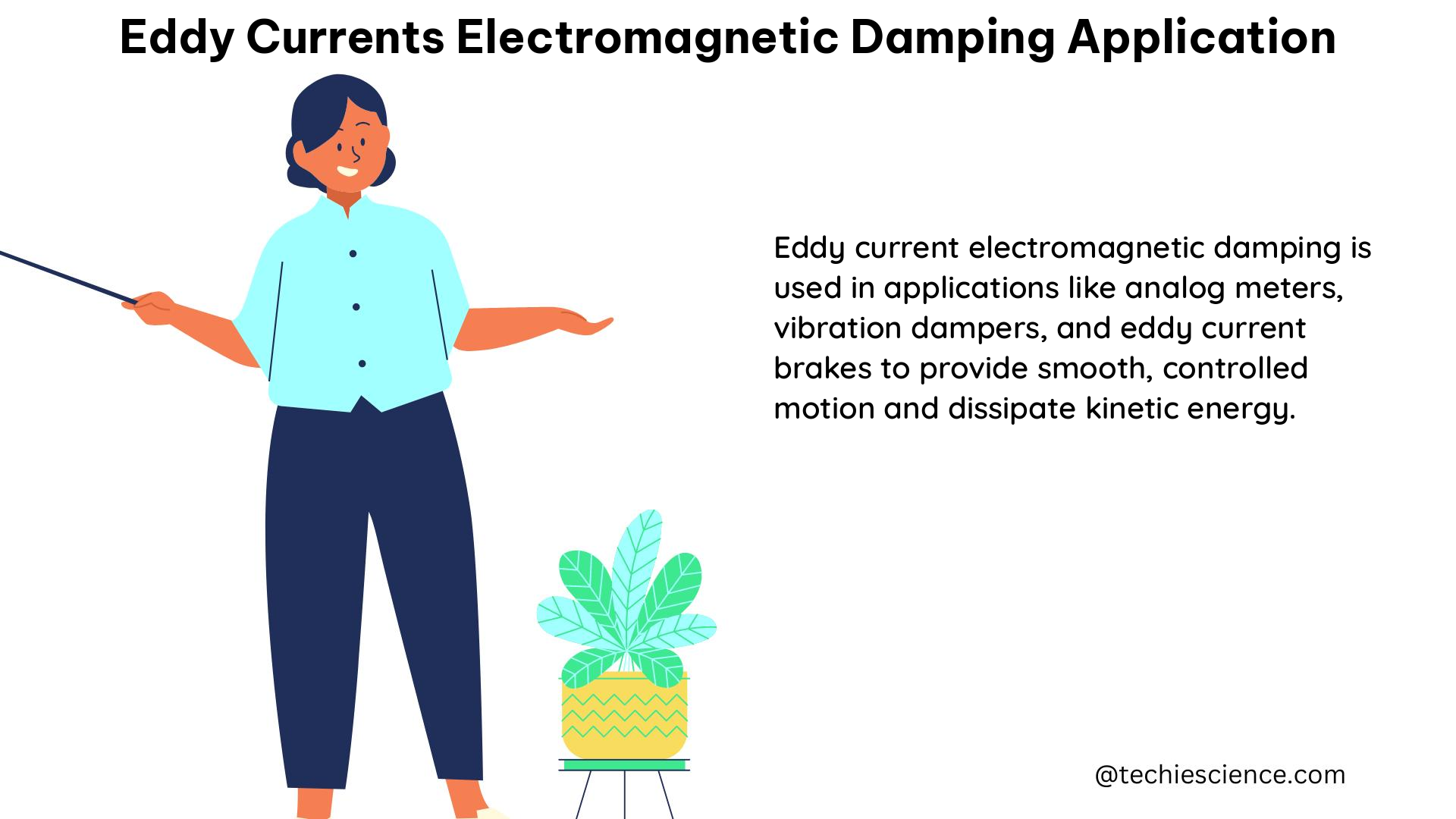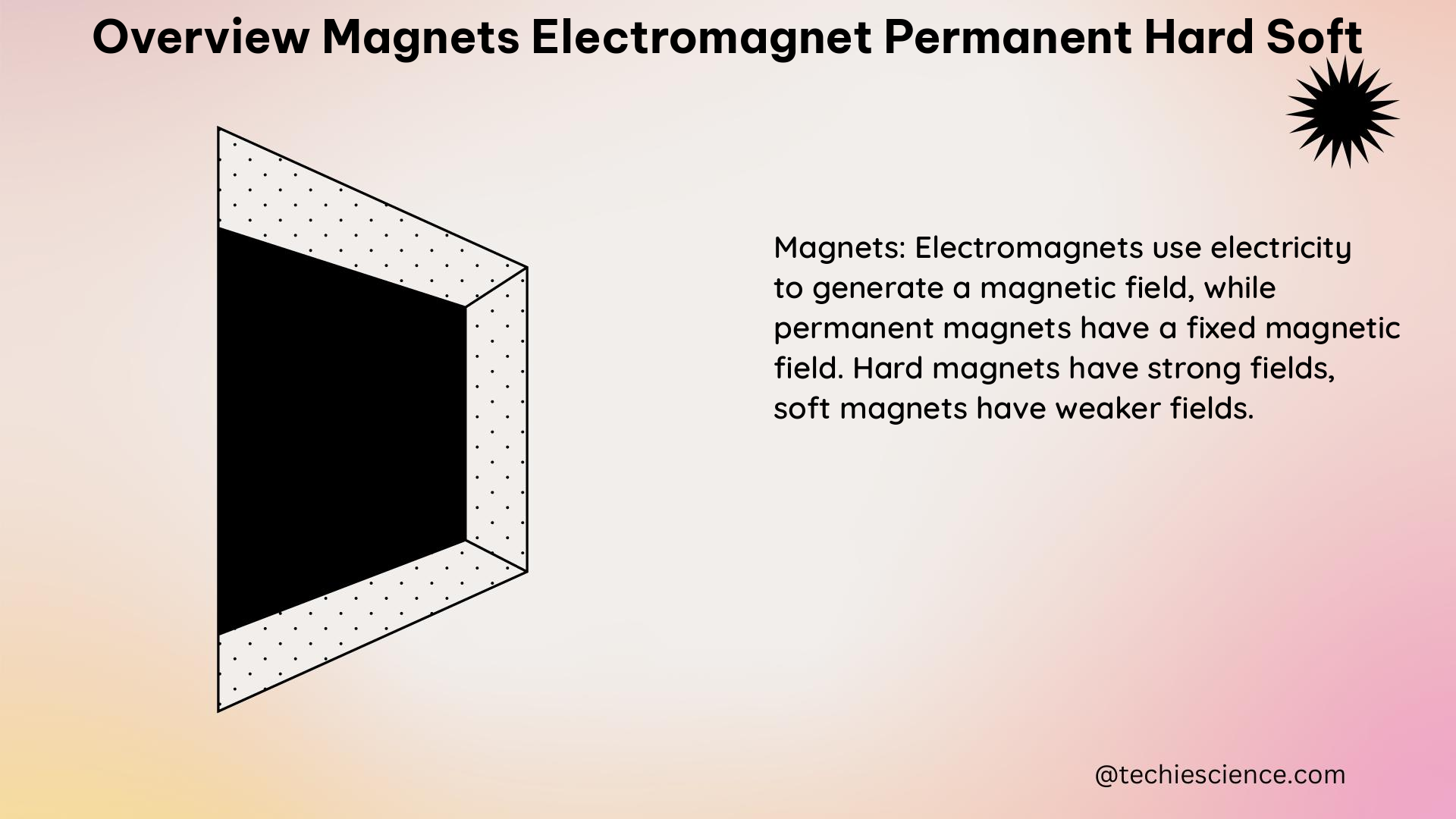Psychrometers, hygrometers, humidity, and dew point are essential concepts in various fields, including HVAC, meteorology, and industrial applications. This comprehensive guide will delve into the technical details, principles, and applications of these fundamental measurements.
Psychrometer
A psychrometer is an instrument used to measure the dry-bulb temperature (Tdb) and wet-bulb temperature (Twb) of the air. These measurements are then used to calculate the relative humidity (RH) and dew point (Td) of the air.
Dry Bulb Temperature (Tdb)
The dry-bulb temperature is the temperature of the ambient air, measured using a standard thermometer. It represents the actual temperature of the air without any influence from evaporative cooling.
Wet Bulb Temperature (Twb)
The wet-bulb temperature is the temperature measured by a thermometer with its bulb covered by a wet wick. As the water in the wick evaporates, it cools the thermometer, and the temperature reading is lower than the dry-bulb temperature. The wet-bulb temperature is related to the relative humidity of the air.
Relative Humidity (RH)
Relative humidity is the ratio of the actual amount of water vapor in the air to the maximum amount of water vapor the air can hold at a given temperature, expressed as a percentage. It can be calculated from the dry-bulb and wet-bulb temperatures using psychrometric tables or equations.
Dew Point (Td)
The dew point is the temperature at which the air becomes saturated with water vapor, and water vapor starts to condense on surfaces. It is calculated from the dry-bulb temperature and relative humidity using psychrometric relationships.
Hygrometer
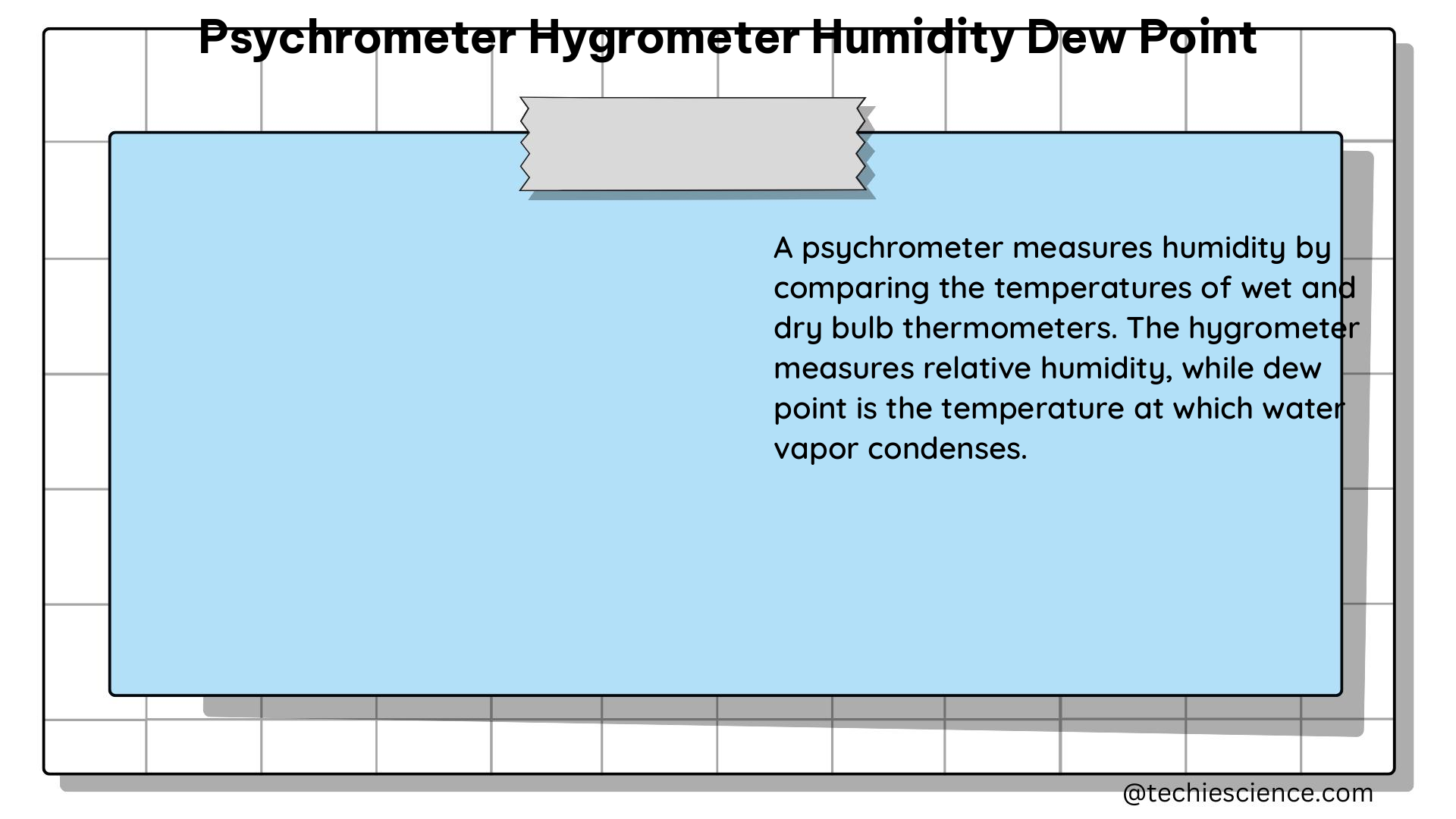
A hygrometer is an instrument used to measure the humidity of the air. There are several types of hygrometers, each using different sensing principles.
Types of Hygrometers
- Mechanical Hygrometer: Uses the change in length of a human hair or other organic material to measure humidity.
- Electronic Sensor-Based Hygrometer: Uses electrical changes in a polymer film or porous metal oxide film due to the absorption of water vapor to measure humidity.
- Dew-Point Probe: Measures the dew point by detecting the temperature at which condensation forms on a cooled mirror.
Sensing Principles
- Absorption Spectrometer: Measures humidity through the absorption of infrared light by water vapor.
- Acoustic: Measures humidity through changes in acoustic transmission or resonance due to the presence of water vapor.
- Adiabatic Expansion: Measures humidity through the formation of a “cloud” in a chamber due to the expansion cooling of a sample gas.
- Cavity Ring-Down Spectrometer: Measures humidity through the decay time of absorbed, multiply-reflected infrared light.
- Colour Change: Measures humidity through the color change of crystals or inks due to hydration.
- Electrical Impedance: Measures humidity through electrical changes in a polymer film due to the absorption of water vapor.
- Electrolytic: Measures humidity through an electric current proportional to the dissociation of water into hydrogen and oxygen.
- Gravimetric: Measures humidity by weighing the mass of water gained or lost by a humid air sample.
- Mechanical: Measures humidity through dimensional changes of humidity-sensitive materials.
- Optical Fibre: Measures humidity through changes in reflected or transmitted light using a hygroscopic coating.
Humidity Measurement
Humidity can be measured in various ways, with the two most common being relative humidity (RH) and dew point (Td).
Relative Humidity (RH)
Relative humidity is the amount of water vapor present in the air compared to the maximum possible, expressed as a percentage. It is calculated from the dry-bulb and wet-bulb temperatures using psychrometric relationships.
Dew Point (Td)
The dew point is the temperature at which moisture condenses on a surface. It is calculated from the air temperature and relative humidity using psychrometric equations.
Dew Point Measurement
Dew point can be measured directly using a dew point hygrometer or calculated from the dry-bulb temperature and relative humidity using a psychrometer.
Dew Point Hygrometer
A dew point hygrometer measures the dew point by detecting the temperature at which condensation forms on a cooled mirror.
Psychrometer
A psychrometer calculates the dew point from the dry-bulb temperature and relative humidity using psychrometric relationships.
Technical Specifications
Elcometer 116C Sling Hygrometer
- Dry Bulb Temperature (Tdb): Measures the ambient air temperature.
- Wet Bulb Temperature (Twb): Measures the temperature after evaporation, related to relative humidity.
- Relative Humidity (RH): Calculated from Tdb and Twb using tables or internal calculations.
- Dew Point (Td): Calculated from Tdb and RH.
Elcometer 114 Dewpoint Calculator
- Calculates the dew point from the dry-bulb temperature and relative humidity.
Accuracy and Error
Sling Psychrometer
The expected error for a sling psychrometer is in the range of 5% to 7% (ASTM E337-84).
Electronic Meters
Electronic humidity meters are generally considered more accurate than sling psychrometers.
Applications
HVAC
Measuring dew point and relative humidity is essential for identifying the heat removal performance of air conditioning systems.
Coatings Industry
Measuring dew point and relative humidity ensures suitable climatic conditions for coating applications.
Climatic Test Chambers
Climatic test chambers require a range of temperatures and humidities, with consideration for response time and robustness at hot and wet extremes.
Conversion Tables and Calculations
Psychrometric Chart
A psychrometric chart is a graphical tool used to calculate relative humidity, dew point, and other parameters from the dry-bulb and wet-bulb temperatures.
Conversion Tables
Conversion tables are used to determine the relative humidity and dew point from the dry-bulb and wet-bulb temperature measurements.
Reference:
- https://www.youtube.com/watch?v=QCe7amEw98I
- https://www.rotronic.com/media/productattachments/files/b/e/beginners_guide_to_humidity_measurement_v0_1.pdf
- https://nepis.epa.gov/Exe/ZyPURL.cgi?Dockey=9100UTTA.TXT


